persimmon tree and jam
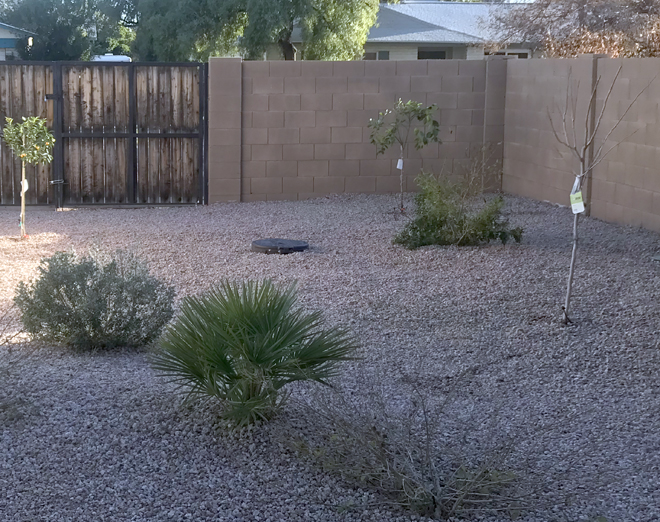
In the early spring, I planted a bare-root persimmon tree. The persimmon tree is that stick with a tag on it in the photo above
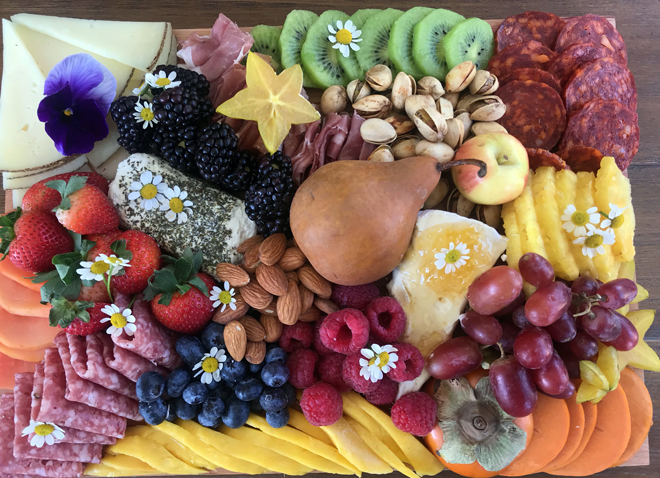
I planted it because I love to use persimmons on my Harmony Boards in the fall.
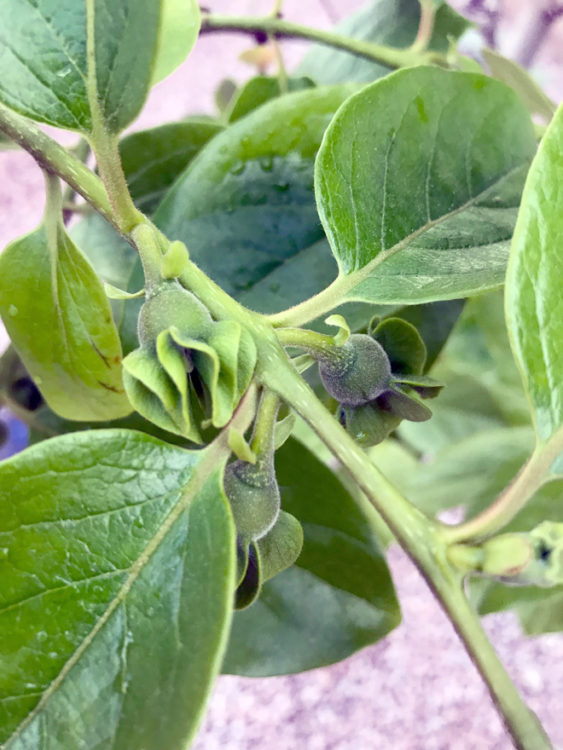
The little tree set so many blossoms that I was pinching them off daily.
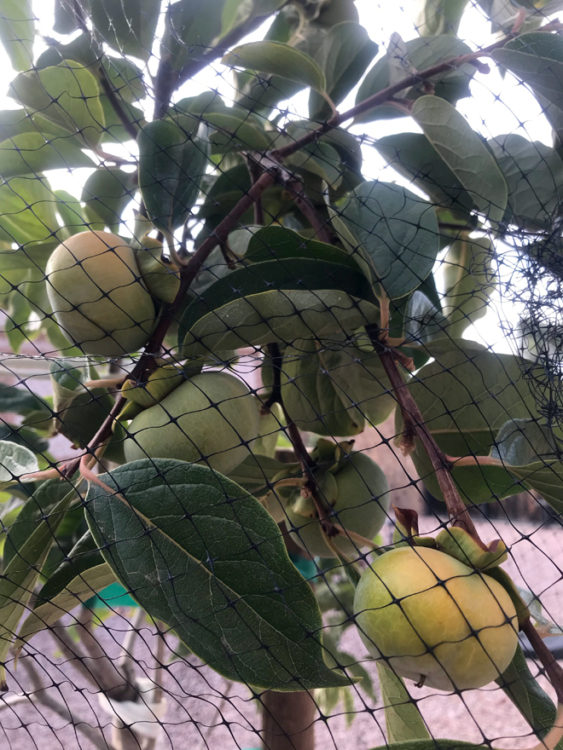
As the fruit set, I eventually put on netting to keep the birds away.
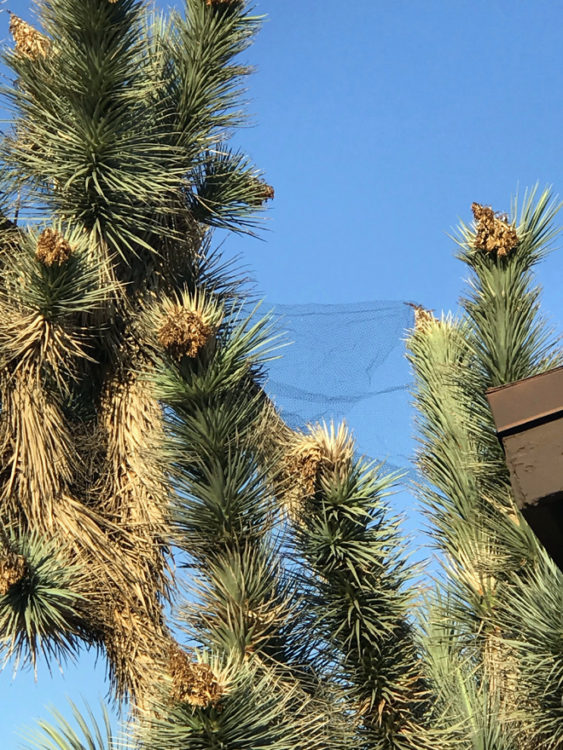
During one of the recent monsoon storms, part of the netting blew off and ended up high in my Joshua tree on the front side of the house.

I tried getting it off with the telescoping pole from my pool net, but it is not budging. I guess it’s there to stay.
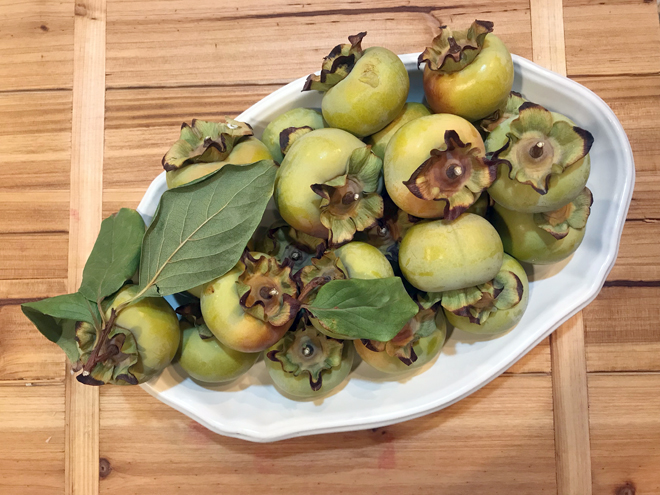
Anyhow, the fruit I had left on the tree to ripen was weighing down the branches and putting undue stress on the tree, so I picked the majority of the fruit off last week. The persimmons were small, rock-hard, and not yet ripe, but I discovered that when I left them at room temperature for a few days, they began to ripen and soften.

The outside was still green but the inside flesh was vibrant orange and sweet. What to do with it all? Jam seemed like the best solution.
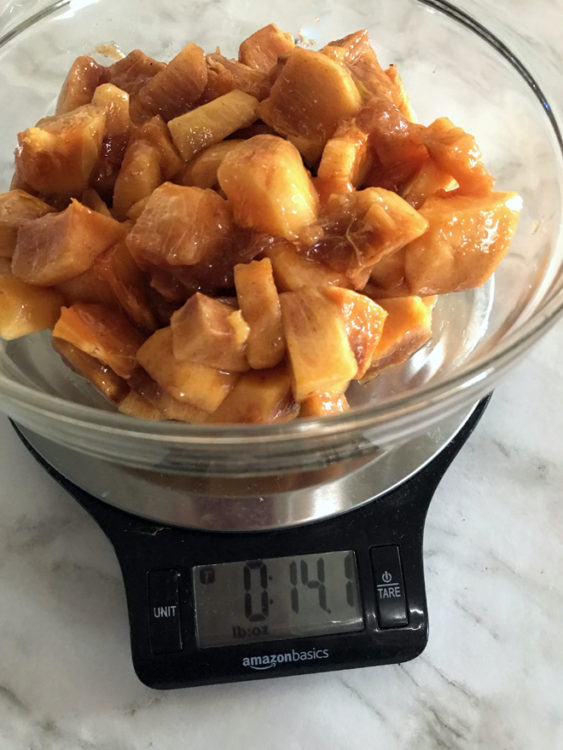
I did some research and learned that persimmons do not have a high enough pH value to be safe for water bath canning.
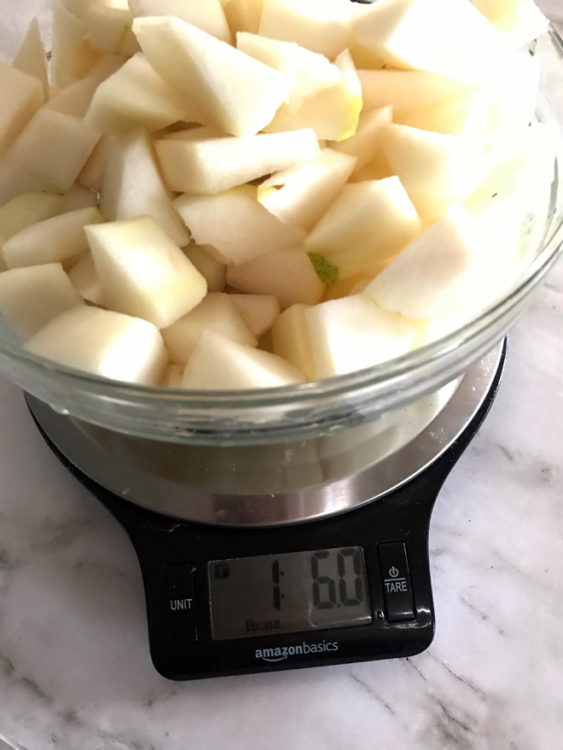
The same article suggested adding another fall fruit, such as pears, and plenty of lemon juice. Problem solved.
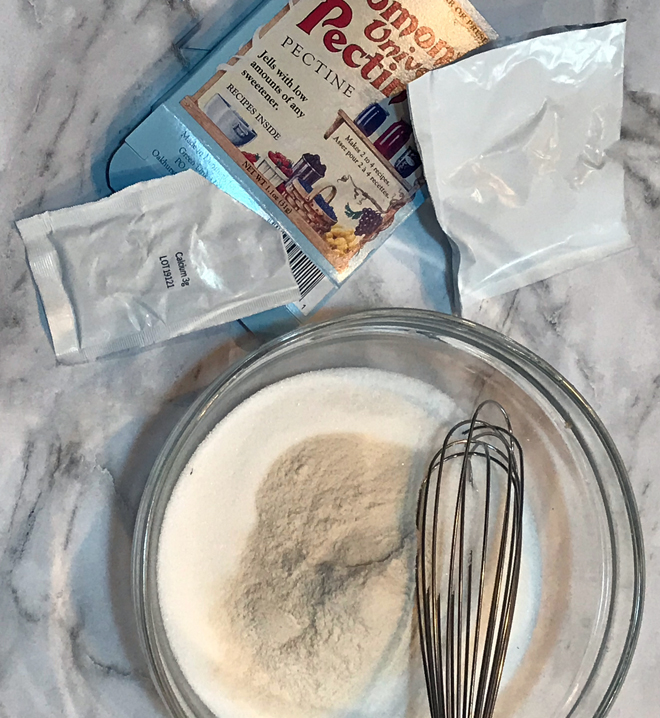
While I was in Canada with Kim last month, we talked about the dilemma of making jam and all the sugar that is needed. Kim did some research of her own and we learned about Pomona’s Universal Pectin. This brand requires far less sugar.
For instance, I found several pear jam recipes online that used about the same about of fruit as I used in this recipe, but used 4 cups of sugar versus the 1 ½ cups I was able to use because I used Pomona’s Univeral Pectin.
The Pomona’s box also comes with a little packet of calcium powder that you mix with water to activate the pectin. Here is more about the calcium from Pomona’s website:
“Pomona’s Pectin is activated by calcium, so calcium has to be present in the mixture either naturally or added by you. Since most people don’t know the calcium content of their fruit, we recommend a calcium water amount in every recipe to be sure there is calcium in the mixture. If your fruit has calcium in it naturally, you don’t need to add the calcium water.”
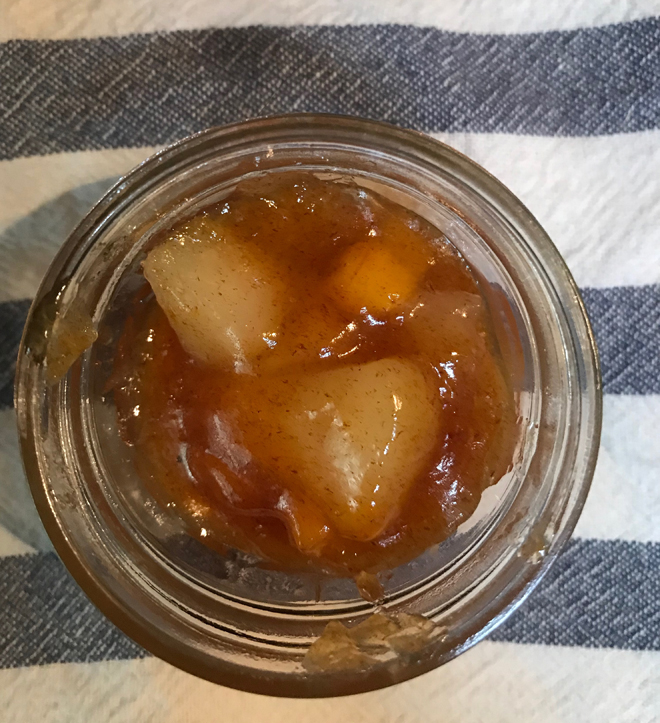
One mistake I made was that I didn’t cut the fruit small enough for my small jars. As you can see in the photo above, it wasn’t as much a jam as it was chunky fruit.
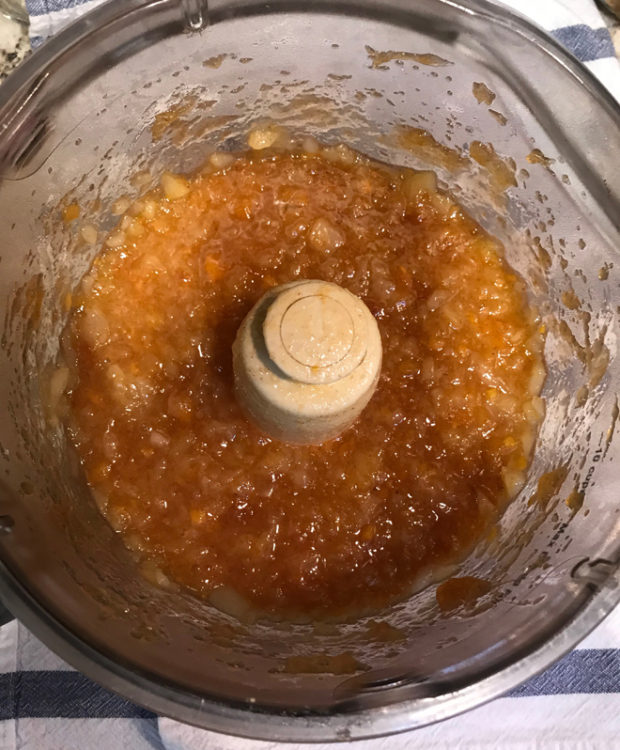
To fix that, I transferred the cooked jam to a food processor and used the pulse button to get it to the consistency I wanted. I rectified that in the recipe by calling for diced fruit instead of chopped. But if you want to do less initial chopping, you can use the food processor after the fact too.
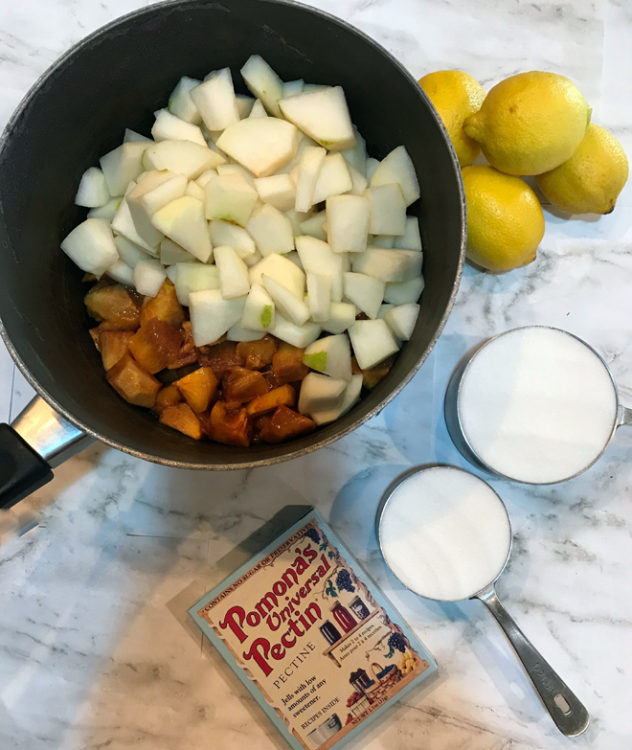
September 11, 2019 4 Comments

